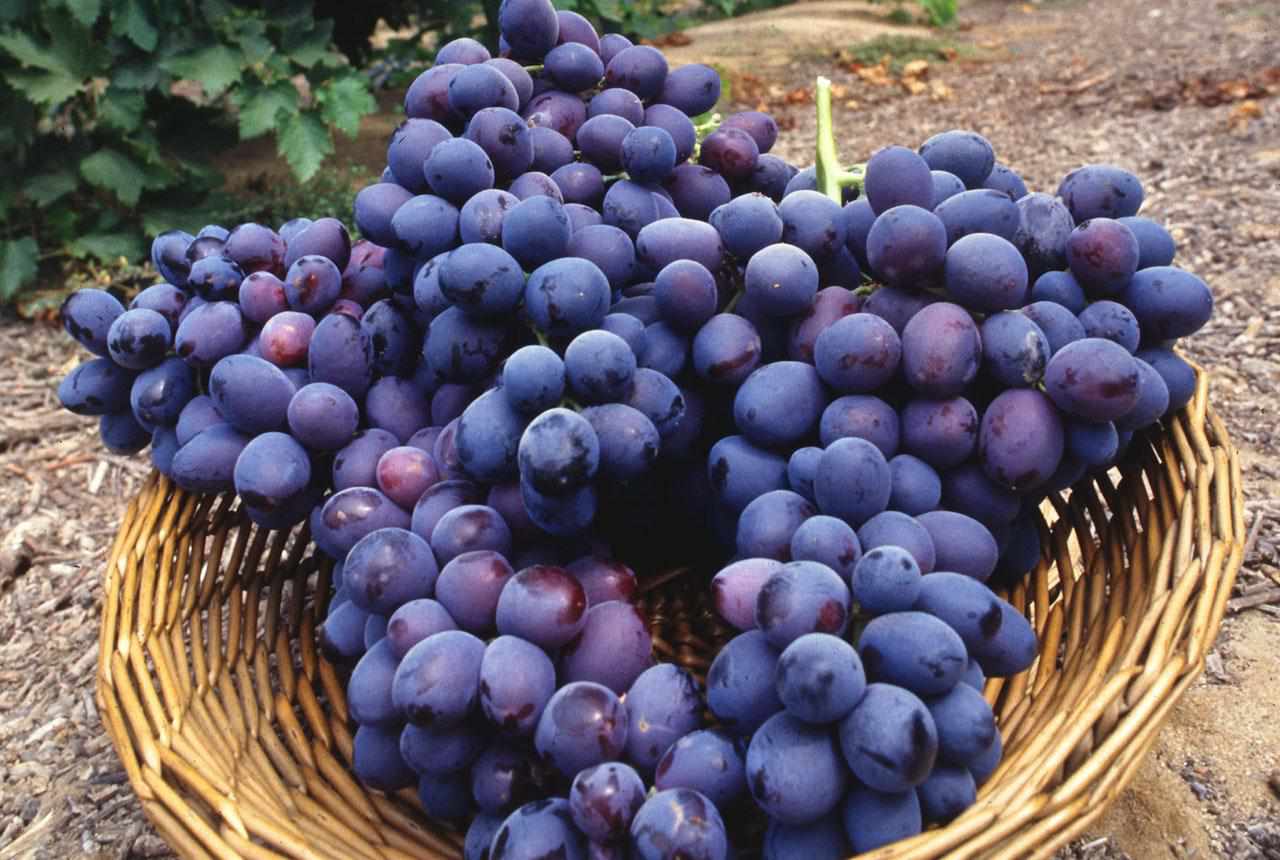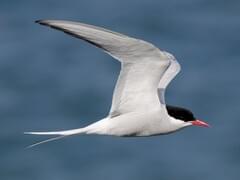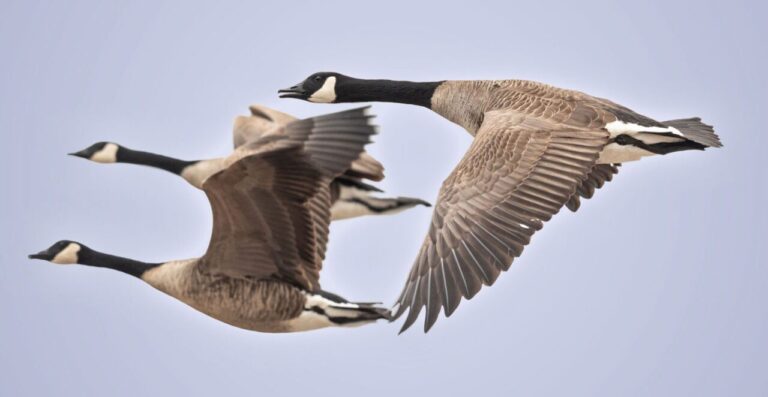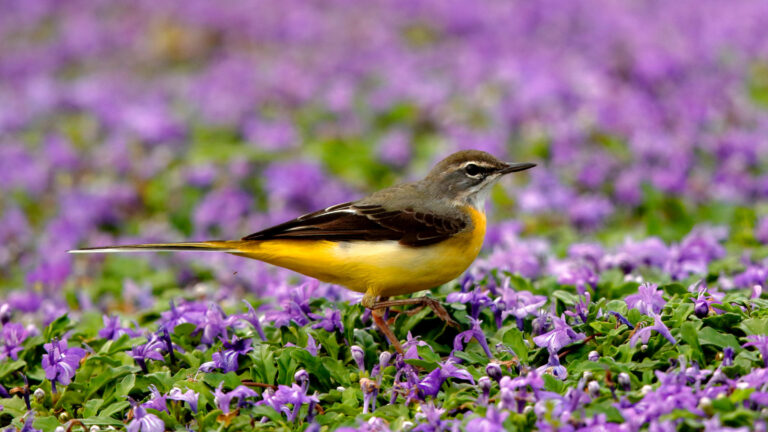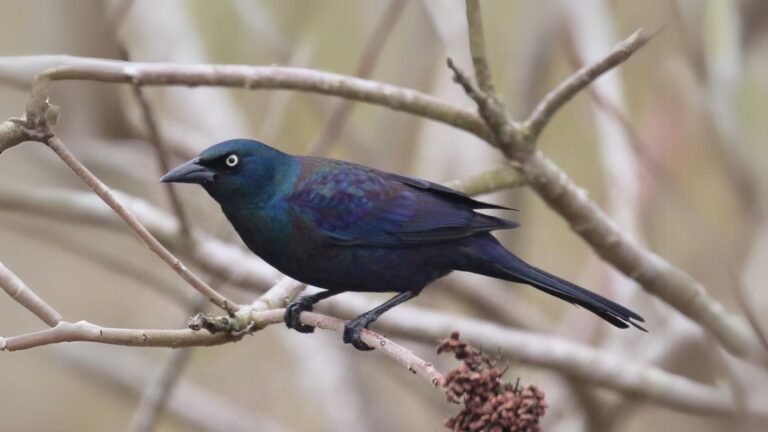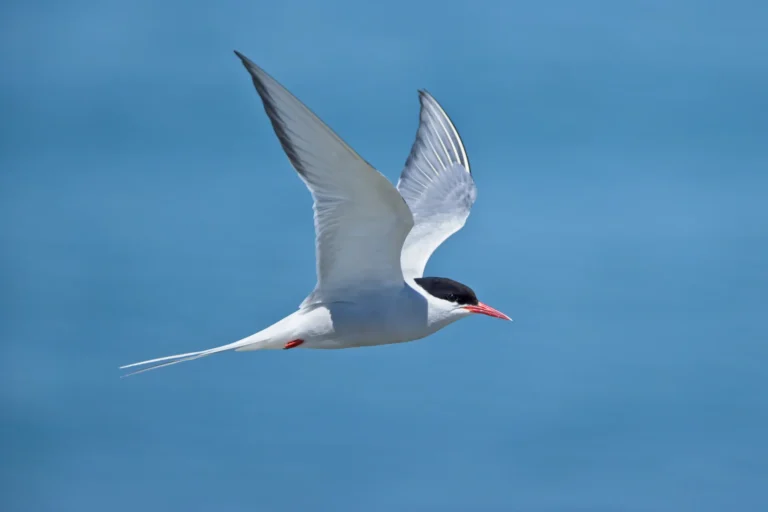Purple Grapes for Birds: Nutrition Benefits and Feeding Tips
Lots of folks wonder if it’s okay to feed purple grapes to birds. Some worry about seeds or chemicals, others just want to know if grapes are actually good for their feathered buddies. Purple grapes are safe for most birds and can be a healthy treat when you offer them in moderation.
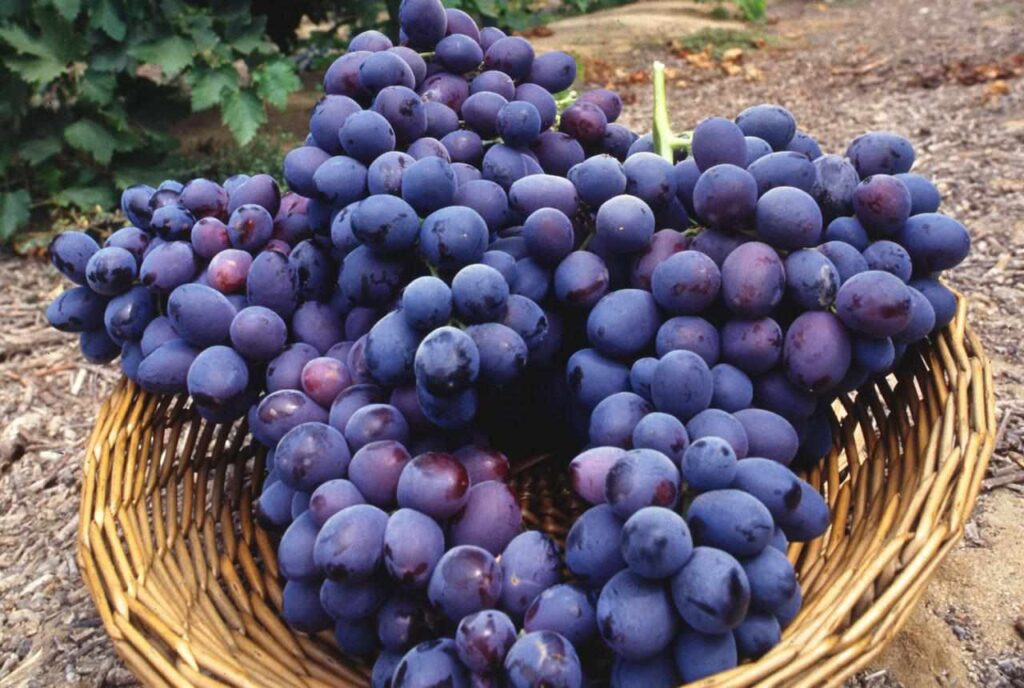
Wild birds like robins and starlings snatch purple grapes right off backyard vines. Parrots can eat grapes too—their seeds and skin aren’t toxic (you can check out more on parrots eating grapes here). The sweet flavor and small size make purple grapes a hit with all sorts of birds.
If you’re putting grapes out for backyard birds, give them a rinse and chop them up. Pick up any leftovers to keep things tidy and safe for your visitors.
Key Takeaways
- Purple grapes are a safe and healthy snack for most birds.
- Birds enjoy the sweet taste and nutrition grapes provide.
- Offer clean, cut grapes and avoid overfeeding.
Can Birds Eat Purple Grapes?
Birds can eat purple grapes in small amounts as part of a healthy, varied diet. These grapes offer vitamins and antioxidants, and both pet and wild birds will eat them. There are a few differences between purple and green grapes, which might matter to some bird owners.
Benefits of Purple Grapes for Birds
Purple grapes give birds vitamin C and vitamin K. They’re also packed with antioxidants—flavonoids and resveratrol—that might help support a bird’s immune system. Because grapes are mostly water, they help birds stay hydrated. The natural sugars give quick energy, so grapes are a tasty pick-me-up. Grape seeds are safe for birds—no cyanide to worry about—so you don’t have to remove them for most species.
Wash grapes well to get rid of pesticides. Too many grapes can lead to diarrhea or weight gain from the sugar. It’s best to feed grapes in moderation, along with other fruits and veggies, for a balanced diet.
Common Bird Species That Enjoy Purple Grapes
Lots of pet and wild birds love purple grapes. Parrots like budgies, cockatiels, and African greys go for them as a sweet treat. Finches, canaries, and bigger pet birds dig them, too.
Wild birds—robins, starlings, jays—will eat grapes you leave out on feeders or in the garden. Grapes can attract a variety of birds to your backyard, especially if you cut them in half to make snacking easier.
Different birds have their own fruit preferences, but grapes are pretty popular overall. Just stick to small portions, since birds have different sugar tolerances and too much can upset their stomachs.
Comparing Purple Grapes to Green Grapes
Both purple and green grapes are safe for birds and have similar health perks. Purple grapes usually have more antioxidants because of their darker skins, while green grapes might taste a bit less sweet.
The nutrition differences are minor, but purple grapes’ higher antioxidant content could give birds a little extra health boost. Some birds might like one color more than the other, maybe because of taste or texture.
When you pick grapes for birds, freshness and cleanliness matter more than color. Just offer small amounts as part of a mixed diet. For more on the safety of both grape types, check Birdfact and Parrotforums.
Nutritional Value of Purple Grapes for Birds

Purple grapes, including concord grapes, have nutrients that can help many bird species. They’re low in fat and sodium, and they provide natural sugars, vitamins, and plant compounds that support bird health.
Vitamins and Minerals in Purple Grapes
Purple grapes have a few key vitamins. There’s vitamin C for a strong immune system and vitamin K for blood clotting and bones. Birds also get a little vitamin B6 from grapes, which helps their nervous system.
For minerals, purple grapes give birds potassium, which is good for the heart and muscles. They’re naturally fat free and have almost no cholesterol or sodium, so in small amounts, grapes are a safe snack. One cup of purple grapes has about 104 calories, 1.1 grams protein, and 27 grams carbs—so they’re a good energy source for active birds. You can read more about grape nutrition in this detailed breakdown.
Antioxidants and Health Impact
Purple grapes are loaded with antioxidants, especially in the skins. These help protect birds’ cells from stress and pollution. Concord grapes and other dark varieties usually have even more antioxidants.
Grapes also have polyphenols and flavonoids, which might lower the risk of some health issues by supporting the immune system and fighting inflammation. Some research suggests that purple grapes’ dark color means more antioxidant power than green grapes. That makes them a solid addition to many bird diets. For more on these benefits, check out this health and wellness guide on purple grapes.
Safe Ways to Offer Purple Grapes to Birds

Purple grapes can be a healthy, sweet treat for pet and wild birds if you prep them right and don’t overdo it. A little care with how you serve them keeps birds happy and healthy.
Preparing Grapes for Bird Feeders
Always wash fresh grapes well to get rid of dirt, pesticides, or chemicals. Grapes are often sprayed or grown on a trellis, so don’t skip this step. After washing, cut each grape in half or quarters so birds won’t choke.
Take out any seeds—some birds might choke or struggle to digest them. Don’t give birds unwashed, whole grapes. You can put grapes in feeders, on trays, or even skewer them for easy picking. Skip grape jelly with added sugar or fake flavors—those aren’t good for birds. If you go for jelly, pick one made for birds, without bad stuff added.
Keep feeding spots clean so bacteria and mold don’t grow on leftover fruit. Toss out any uneaten grapes after a few hours, especially if it’s hot outside.
Serving Sizes and Frequency
Grapes should only be a small part of a bird’s diet. Because they’re sugary, too many can upset a bird’s stomach or cause weight gain. Little birds like finches or parakeets should get just a piece or two. Bigger birds can have a couple more.
Don’t overdo it: for pet birds, offer grapes only a few times a week, not every day. Wild birds at feeders should get grapes as a treat, mixed in with seeds, other fruits, and natural foods. If you give too many grapes—or grape jelly—birds might get picky or have health issues. Grapes should always be just one part of a balanced feeding plan.
Potential Risks and Considerations
When you give purple grapes to birds, think about both their safety and health. Risks can come from how grapes are grown and handled, plus the size and texture of the fruit itself.
Pesticides and Washing Grapes
Grapes often get sprayed with pesticides during growing and shipping. Even a little residue can be risky for birds—their bodies are tiny, so small amounts matter. If you can, go for organic grapes.
Before feeding grapes to birds, always wash them really well. Use running water and rub the skins gently to get off chemicals. Some folks soak grapes in water with a bit of baking soda for a few minutes, then rinse them again.
It can help remove more pesticide residue. Never use soap or bleach—those can leave behind stuff that’s also unsafe for birds. Just make sure grapes are squeaky clean before you serve them, especially if they’re not organic.
Choking Hazards and Precautions
Whole or big grapes can be a choking risk for birds, especially small ones. The round shape can block a bird’s airway if you don’t cut them up. Always slice grapes into halves or quarters. If your grapes aren’t seedless, take out the seeds—small birds can struggle to digest them, even if they aren’t toxic according to bird experts.
Keep an eye on your bird while it eats. If you notice any choking or distress, take away the grapes and call a vet. Watching closely and prepping grapes well helps avoid problems when you offer them as a treat.
Grape Products and Alternatives for Birds
Plenty of birds love grapes and grape products. Birds at backyard feeders might eat fresh grapes, grape jelly, or both, depending on what’s around.
Offering Grape Jelly to Backyard Birds
Grape jelly is a sweet treat that draws in certain birds, like orioles and catbirds. People often set out jelly in small dishes near feeders or hang them up on poles.
Pick a jelly without artificial sweeteners or colors. Natural jellies made from real fruit—like Concord grapes and blackberries—are best for birds. For instance, brands like BirdBerry make grape jelly just for backyard birds, using pure fruit and no weird additives. You can read more about BirdBerry Jelly’s natural option.
Only put out as much jelly as the birds can finish in a day or two, so it doesn’t spoil. Keep dishes clean to avoid mold or bacteria. Grape jelly should be an occasional treat, not a main food source.
Choosing Between Fresh Grapes and Grape Jelly
Fresh grapes and grape jelly both attract birds, but they don’t work the same way. Fresh grapes give birds more water and nutrients. Birds like catbirds, chickadees, finches, and crows will eat grapes, especially if you cut them in half. For smaller birds, it’s better to remove the seeds first.
Grape jelly has a lot more sugar than whole grapes. If birds eat too much jelly, they can gain unhealthy weight or mess up their natural diet. So, it’s smarter to offer jelly only in small amounts and stick to fresh fruit most of the time.
Some backyard birders switch between fresh grapes and grape jelly, especially when birds are migrating or just need an energy boost (extra energy). Make sure to store fruit properly and toss out any leftovers daily—nobody wants sick birds. There are more tips over at feeding backyard birds grapes or jelly.
Growing Grapes for Bird-Friendly Gardens
Purple grape varieties, like Concord grapes, feed birds and add a splash of color to the garden. If you set up healthy vines and give birds safe access, both wildlife and people can enjoy the benefits.
Selecting Concord Grapes for Birds
Concord grapes are a favorite for gardens that attract birds. They’re tough, handle different climates, and turn a deep purple when ripe. Their sweet, soft texture draws in robins, finches, thrushes, and probably a few others too.
Plant them in full sun—grapes need warmth to get sweet and fully ripen. Each vine should have plenty of space, about 6 feet apart, so they grow well and birds can get to the fruit easily.
When you’re picking grape varieties, Concord grapes really shine for their rich color and flavor. That draws more wildlife and gives you a steady harvest if you’re hoping to support native birds.
Using a Trellis for Grape Vines
Grape vines really need a sturdy trellis. It holds up the plant, lets air move through, and helps keep disease away. When vines grow on a trellis, they get more sun, which helps grapes ripen evenly and boosts fruit quality.
For Concord grapes, a simple post and wire setup does the trick. Set wooden or metal posts 6 to 8 feet apart and run strong wire between them. That way, the vines stay off the ground and grape clusters hang free—birds can get to them without much trouble.
A good trellis also makes pruning and other care easier. Healthy, managed vines usually give you bigger grape clusters. So, this setup is a win for both birds and gardeners, creating a space where grapes can thrive.
Purple Grapes and Bird Behavior
Birds do all sorts of things with purple grapes. Some just eat them, but others use grapes in more unusual ways.
How Grapes Influence Anting
Anting is this odd bird behavior where they use ants or sometimes other stuff to clean their feathers. Usually, birds go for live ants, but sometimes they’ll use fruits like grapes.
Some birds press cut or mashed grapes onto their feathers, maybe to use the juice. The sticky liquid could help get rid of parasites or irritants. Grapes have natural chemicals, and a few experts suspect these might chase off pests.
Still, not every bird uses grapes for anting. Most stick with ants or insects. Grapes might come into play when bugs are scarce or if a bird just feels like trying something new.
Honestly, there aren’t many scientific studies about birds using grapes for anting. Most of what we know comes from birdwatchers or random stories. So, the real value of grapes in this weird little ritual? Still kind of a mystery.
Attracting Wild Birds With Grapes
Purple grapes pull in a surprising variety of wild birds. As these grapes ripen and sweeten up, birds like robins, cardinals, and starlings just can’t seem to resist them.
There’s something about the soft texture and sugary bite of grapes that really catches a bird’s attention. Some growers even throw netting over their crops to keep flocks from swooping in and making a mess of things. Once grapes get soft and juicy, birds ramp up their feeding—it’s almost like a signal goes out. If you’re curious, there’s an interesting review of bird habits in vineyards at ResearchGate.
Want to see more fruit-loving birds in your yard? Try putting out some fresh, seedless, or sliced grapes at your bird feeder. Toss them on a tray or platform, and don’t forget to clean up leftovers before they get moldy. Birds aren’t picky, but spoiled or fermented grapes could actually harm them, so it’s worth paying attention.
Grapes don’t scare birds away—if anything, the scent and look of ripe grapes act as a big, bold invitation. No wonder grape growers get a bit anxious during harvest. If you’re dealing with hungry flocks, WineMakerMag has some tips for protecting your fruit.
